How To Install an Electric Ceiling Fan in Singapore?
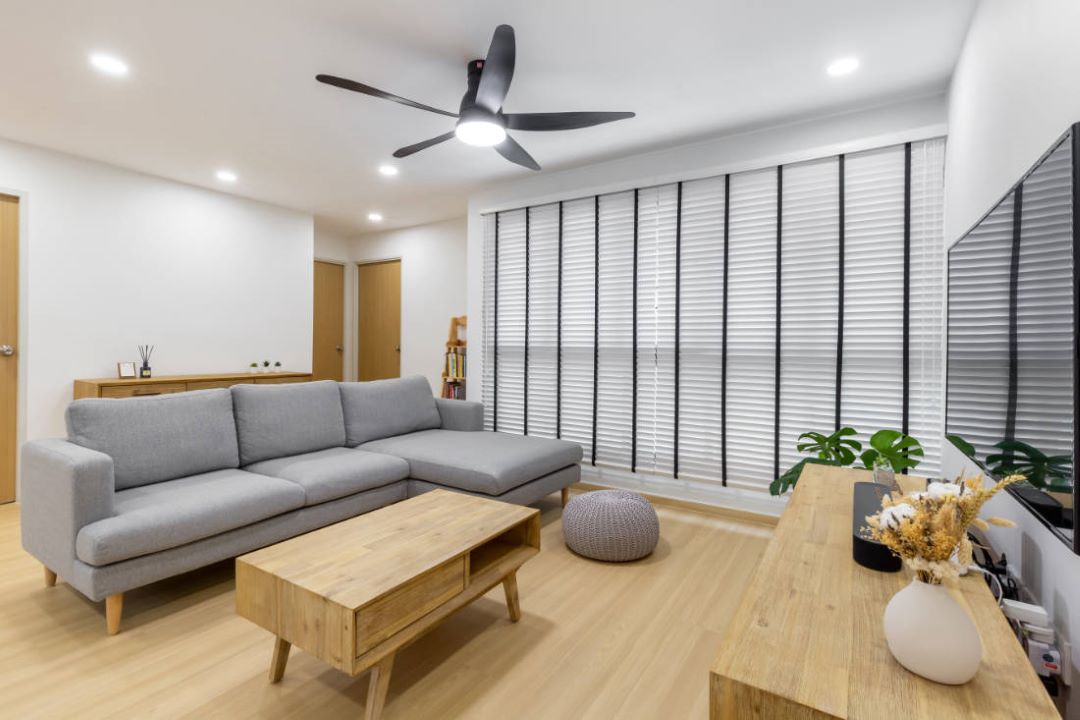
In Singapore, you can install an electric ceiling fan in your house by ensuring the ceiling height is suitable and reinforcing the concrete ceiling if necessary. Home owners should check for an existing electrical point and decide if a new electrical point is required for the ceiling fan.
Engaging a professional electrician who can provide installation services is advisable, especially for rooms where new electrical points are needed. Additionally, consider any painting or other adjustments that might be required for the new fan installation.

How to install ceiling fan Singapore?
In Singapore, you install a ceiling fan by first assessing the ceiling height and ensuring the concrete ceiling can support the fan's weight through proper reinforcement.
As a homeowner, you need to check if there is an existing electrical point where the new fan will be installed; if not, engaging a qualified electrician to set up a new electrical point is essential.
Many professionals such as Lito Electrical Service provide installation services, ensuring the fan is appropriately mounted and the electrical work is safely handled.
Once the electrical point is established, and any needed painting repairs are done, the electrician will complete the installation.
This process helps ensure that the ceiling fan is securely attached and operates efficiently in various rooms throughout the house.

How to install ceiling fan in Singapore without drilling?
In Singapore, you can install a ceiling fan without drilling by using specially designed brackets or mounts that secure the fan to the false ceiling without causing any damage.
These mounts are typically compatible with remote controlled ceiling fans, offering convenience and flexibility in operation.
Similarly, when installing a wall fan, brackets that screw into existing fixtures on the wall can be used, avoiding the need to drill new holes for your wall fan.
For ceiling fans with lights, the installation process for ceiling fan wiring can be a bit more complex but still possible without drilling.
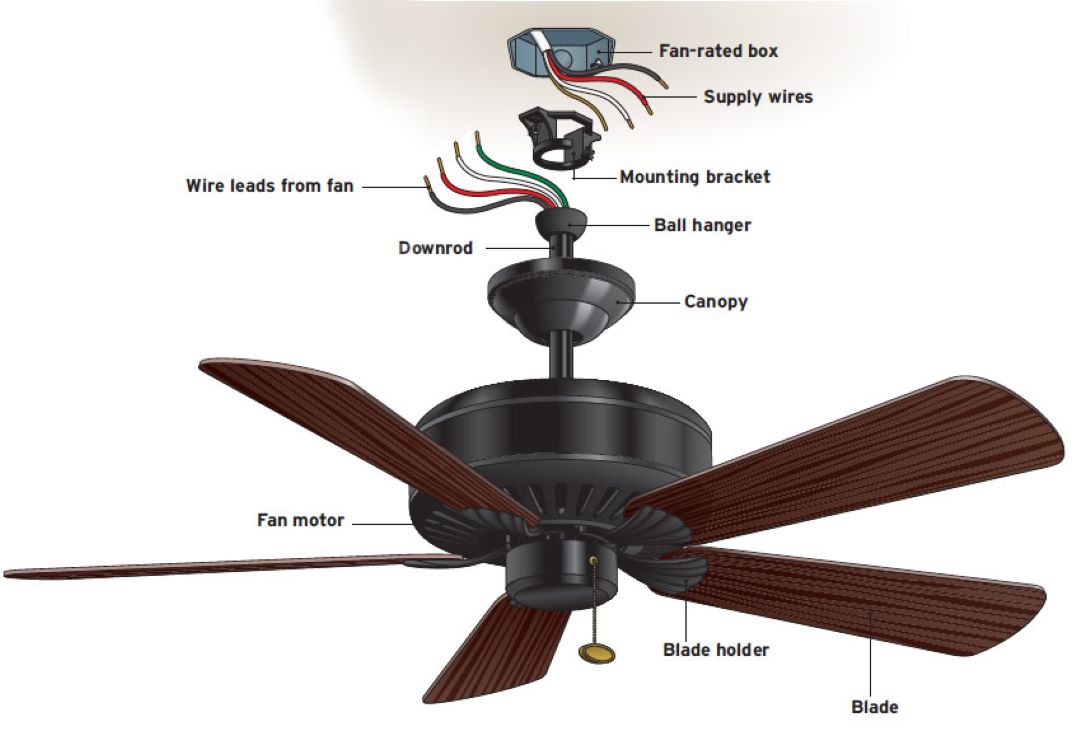
These fans often come with adjustable mounting systems that can be anchored securely to the false ceiling or concrete ceiling using adhesive methods or tension mounts. It is crucial to follow manufacturer instructions carefully to ensure a safe and stable installation.
Moreover, exhaust fans, commonly used in kitchens and bathrooms, can also be installed using similar non-invasive methods. Selecting the appropriate size and ensuring proper ventilation paths are essential for their effective operation.
Overall, whether you're considering remote controlled ceiling fans, wall fans, or even exhaust fans, there are viable options available in Singapore for installation without drilling, making it easier to upgrade your living space with minimal hassle.
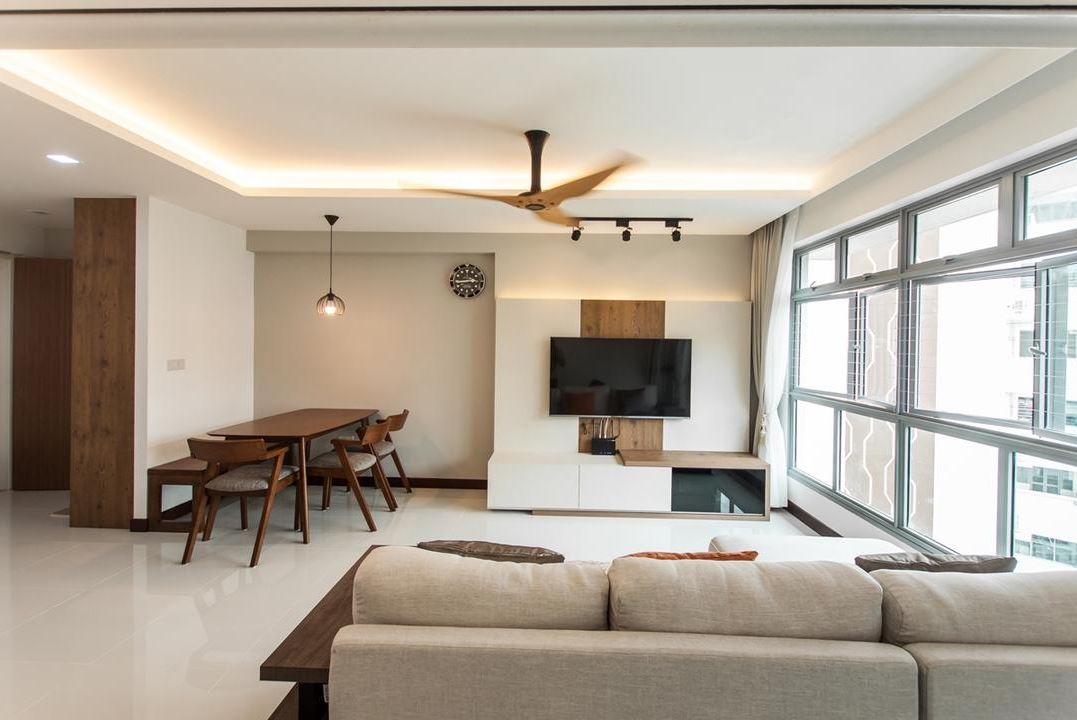
How to safely install ceiling fan onto false ceiling with reinforcement support beams in Singapore?
In Singapore, you can safely install a ceiling fan onto a false ceiling with reinforcement support beams by following a few essential steps.
The process involves adding the reinforcement support beams to ensure the structure can handle the weight and vibration of the perfect ceiling fan.
Given that false ceilings are typically made from lightweight materials, reinforcement is crucial for stability and safety.
Start by assessing the ceiling height and marking the areas where the support beams will be fixed. Install the support beams securely before mounting the ceiling fan.
It's highly recommended to use professional ceiling fan installation/ replacement service to ensure compliance with safety standards and to achieve a robust installation.
By reinforcing the false ceiling properly, you can enjoy the comfort and functionality of a ceiling fan without compromising the integrity of your ceiling structure.

Assessment and Planning of Ceiling Fans
Before safely installing a ceiling fan onto a false ceiling with reinforcement support beams in Singapore, thorough assessment and planning are crucial.
Installers need to evaluate the existing electrical point and determine if a new electrical point is necessary, ensuring the fan's electrical needs are adequately met.
It's important to consider the type of ceiling—whether it's a concrete ceiling, false ceiling, or even an outdoor covered area—as each requires different installation techniques.
The placement of the ceiling fan, whether remote controlled or otherwise, should be chosen to maximize airflow while minimizing utility bills.
Additionally, understanding the distinction between wall fans and ceiling fans helps in making informed decisions suitable for the specific environment.
Proper planning stages also include verifying the strength and stability of the false ceiling to guarantee that it can support the weight and operation of the ceiling fan safely.
A well-planned installation not only ensures safety and efficiency but also extends the longevity of the ceiling fan while maintaining optimal performance.

False Ceiling Structure
When installing a ceiling fan onto a false ceiling, installers must first assess the materials used in the false ceiling, which can vary from gypsum board to plaster or other lightweight materials, and determine if the structure is sturdy enough to support the fan's weight.
Proper reinforcement support beams are essential; these beams distribute the fan's weight across a larger area, preventing potential sagging or collapse.
Installers often use specific brackets and mounting hardware designed to anchor the fan securely to the ceiling’s structural elements. This setup is particularly crucial in false ceilings that lack the inherent strength of concrete ceilings.
Moreover, professional installers will ensure that all components involved in the fan installation are compatible and meet safety standards. This includes verifying that the false ceiling can handle the fan's operational vibrations and additional load.
During the planning phase, installers should also consider the location and electrical logistics, including whether the space is indoors or an outdoor covered area, to optimize both aesthetics and functionality.
Ensuring the false ceiling is adequately prepared and reinforced not only guarantees a safer ceiling fan installation but also enhances the durability and performance of the fan over time. Properly executed fan installations thus contribute to both the comfort and safety of any living space.

Preparation and Remodeling
When considering the preparation and remodeling required for ceiling fan installation, one of the first steps is selecting the optimal point for installation.
This decision should factor in both the aesthetics and functionality of the space. For instance, if the area is outdoors, like a covered patio, the chosen point should ensure maximum air circulation while also being sheltered from direct weather exposure.
Next, it's essential to coordinate with a professional installer who can assess the wiring and switch placement necessary for the fan.
Proper wiring is crucial for safety and efficiency, and it ensures that the fan operates seamlessly. The preparation phase should also involve securing the structural integrity of the installation area.
Adequate joists or support beams must be identified and reinforced, if needed, to handle the weight and operational vibrations of the fan.
The positioning of the fan blades is another critical consideration. The fan should be installed at a height that allows unobstructed airflow, enhancing its cooling efficiency without posing a hazard to occupants.
Ensuring that all components align with safety standards will prevent future issues, thereby maintaining the longevity and performance of the fan.
By thoroughly preparing and remodeling the installation site, you can guarantee a smooth, safe, and effective ceiling fan installation that adds comfort and value to the living space.

Mounting the Fan
Prior to mounting the fan, the first crucial step is ensuring that a heavy-duty box is securely installed.
This box is the foundation of the ceiling fan installation, and it must be robust enough to support the weight and operational forces of the fan.
Start by identifying the optimal point for installation, which should ideally be at the center of the room or any area, indoors or outdoors, where balanced airflow is desired.
After identifying the point for installation, the next step involves the installation of a metal brace. This brace is essential for reinforcing the structural integrity of the joists to which the fan will be attached.
Ceiling fan installation requires that the metal brace be placed between two joists to provide additional support. This precaution is vital, especially if the fan is installed in areas susceptible to high winds or vibrations.
Once the metal brace is securely in place, the heavy-duty box can then be attached. Before proceeding, it's crucial to get a professional installer to assess the switch and wiring setup.
Proper wiring is paramount for safety and efficiency. The installer will ensure that all connections meet safety standards and that the switch is conveniently located for easy access.
After securing the heavy-duty box and confirming the wiring, the final phase involves mounting the fan blades at an optimal height.
The fan blades should be positioned to provide maximum cooling without obstructing airflow or posing a hazard to occupants. Following these meticulous steps ensures a safe and effective ceiling fan installation, enhancing both comfort and the aesthetic value of the space.
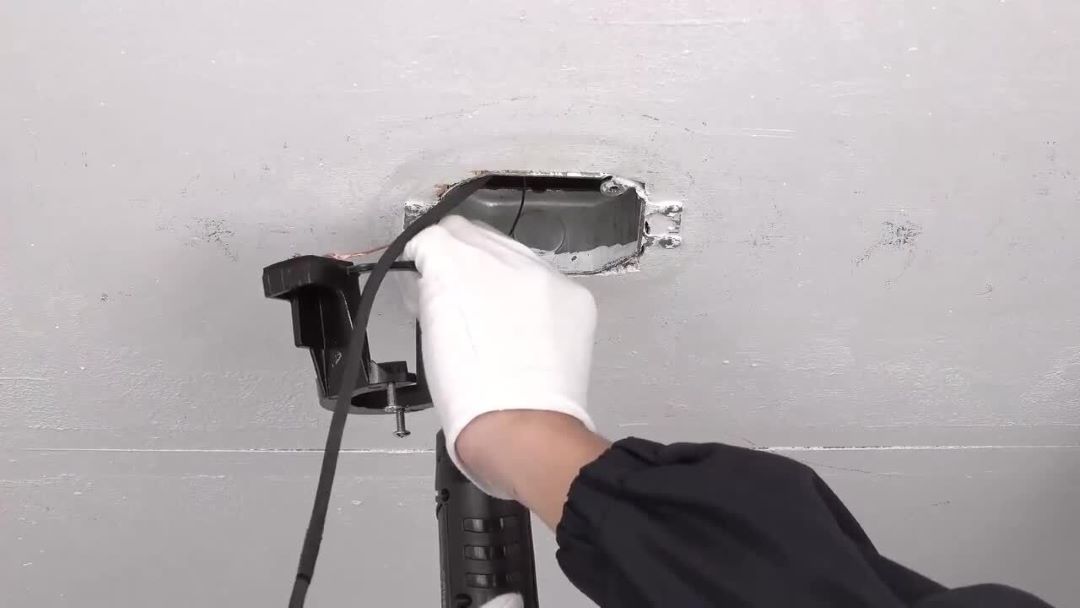
Installing Support Brackets
Selecting the right support brackets is crucial for ceiling fan installation, especially when dealing with a false ceiling.
First, choose brackets that are robust and designed to handle the weight and dynamics of a ceiling fan.
Ensure the brackets are compatible with the specific ceiling height in the room to allow for optimal blade clearance and airflow.
Position these brackets within the grid layout of your ceiling to evenly distribute the fan's weight and ensure stability.
Carefully measuring and aligning the brackets with the ceiling grid will enhance both safety and performance, offering a smooth and efficient installation process.
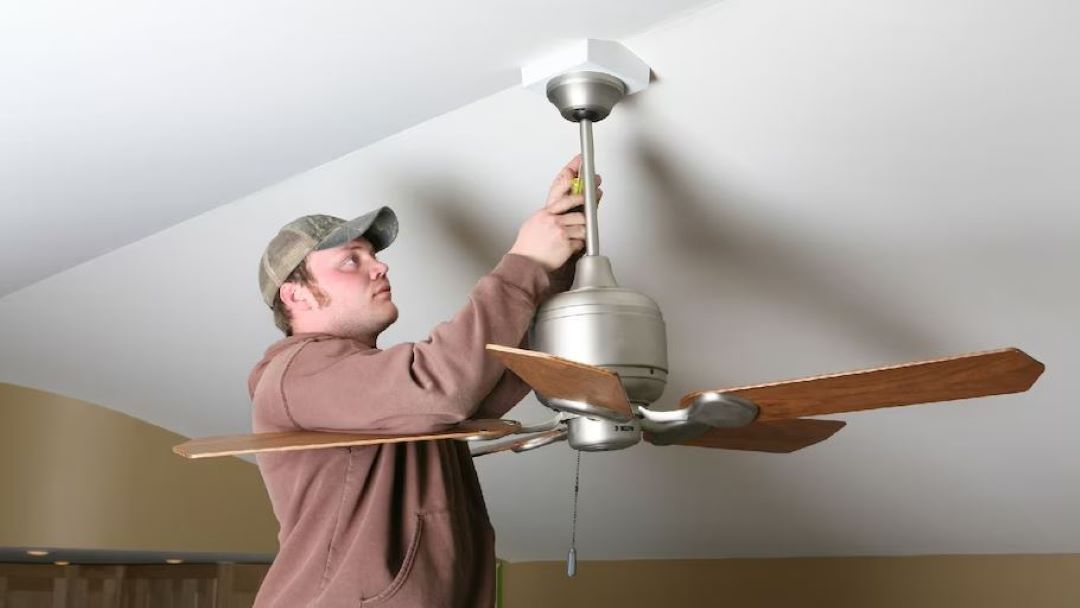
Assembling and Hanging the Fan
For a successful ceiling fan installation, it is vital to follow the manufacturer's instructions meticulously.
Begin by assembling the fan components as per the provided guidelines, ensuring all screws and fittings are secure.
Once assembled, carefully attach the fan to the previously installed support brackets. Make sure the fan is firmly connected and that the brackets can adequately support its weight and movement.
This precise adherence will ensure a stable and efficient ceiling fan services installation, promoting both safety and optimal performance.
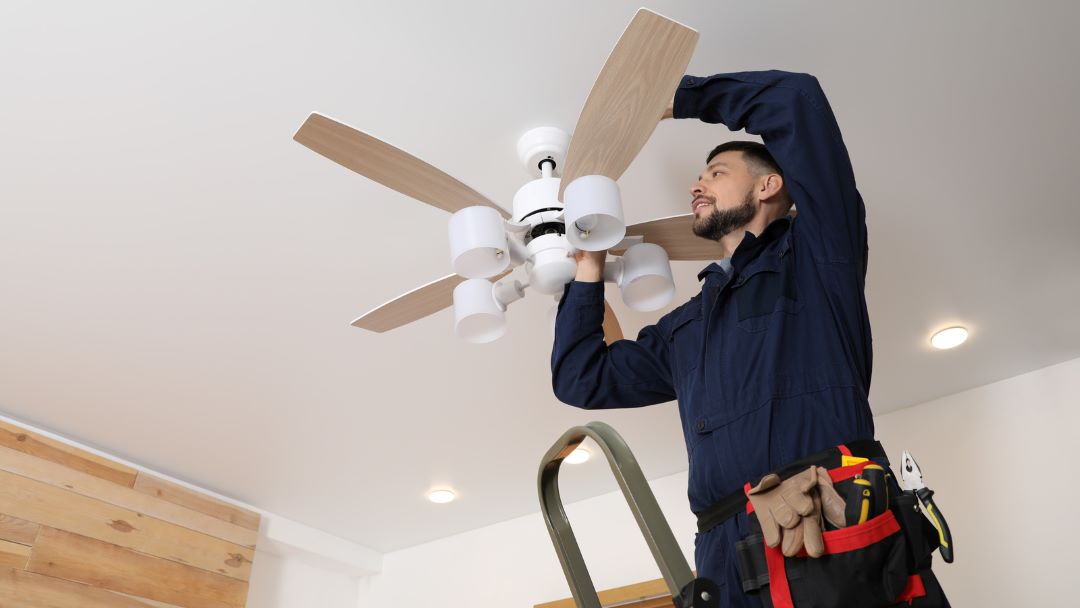
Checking and Securing Ceiling Fans
After assembling and hanging the ceiling fan, it is essential to meticulously check and secure all connection points to ensure a successful ceiling fan installation.
Begin by tightening all screws, brackets, and mounting points to confirm that everything is firmly in place. Once secured, proceed to test the fan by turning it on at various speeds to ensure it operates smoothly without wobbling or unusual noise.
This thorough inspection and testing phase not only guarantees the stability and safety of the ceiling fan installation but also ensures optimal performance and longevity of the fan.
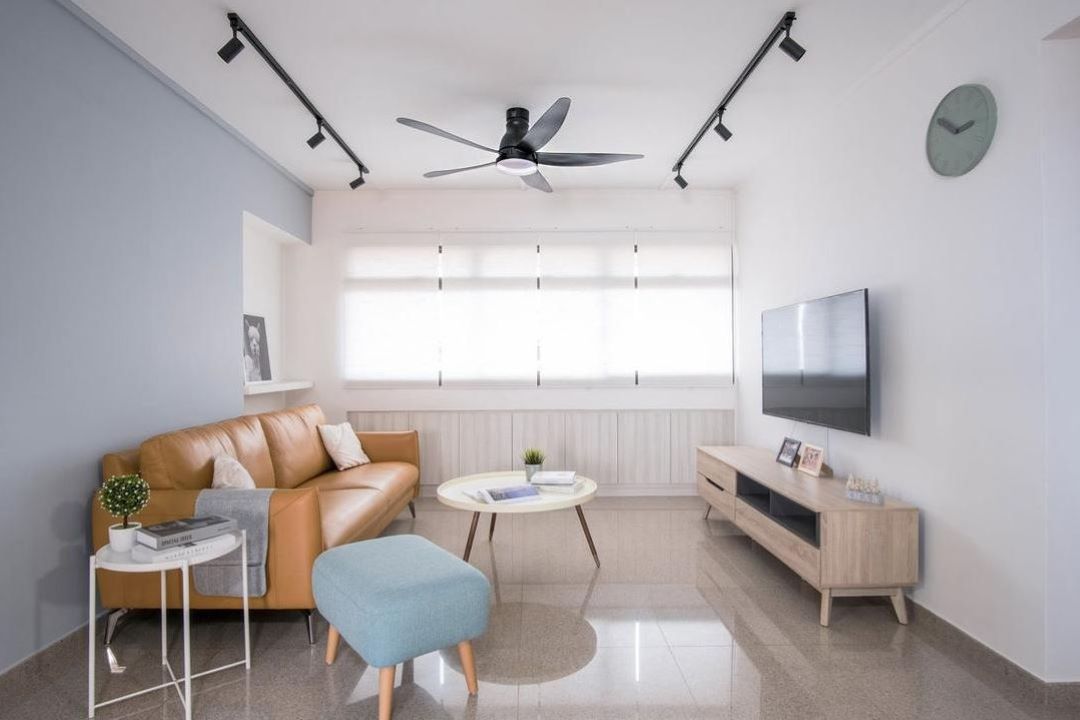
Final Touches
With your ceiling fan installation complete, it is time to reinstall the false ceiling tiles. Carefully place each tile back into its original position, ensuring they are securely fitted within the grid.
This step not only restores the clean look of your ceiling but also provides the finishing touch to your new setup. Additionally, take a moment to clean up the work area.
Dispose of any debris, packaging materials, and the old ceiling fan, following your local guidelines for disposal.
By thoroughly cleaning and restoring the workspace, you ensure that your ceiling fans are showcased in a tidy, clutter-free environment, enhancing both aesthetic appeal and overall satisfaction with your installation project.
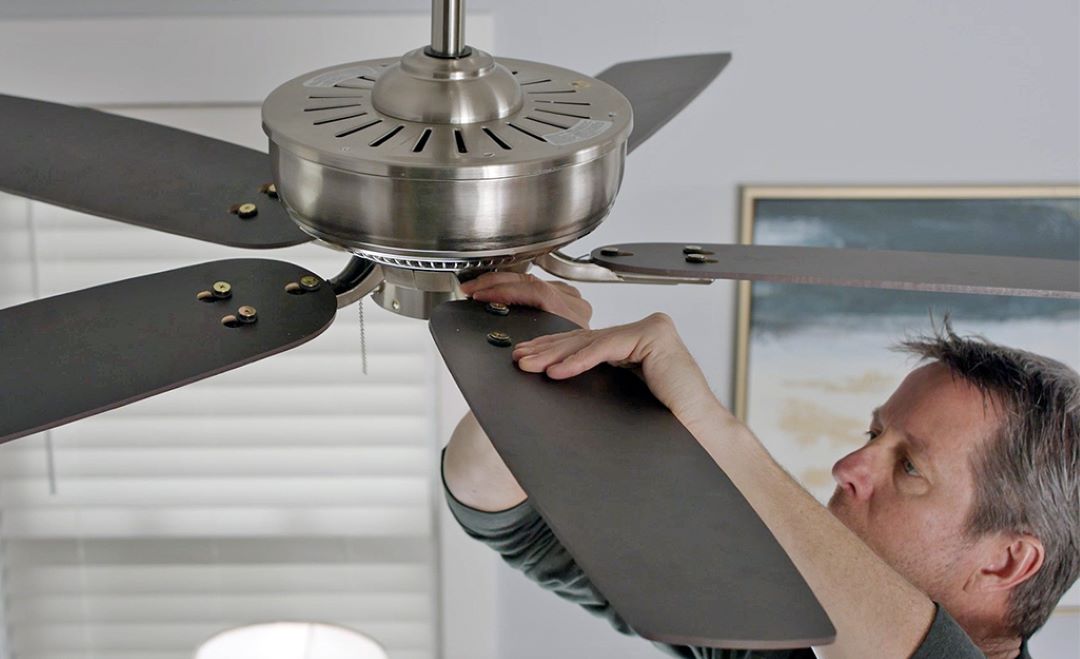
How much does ceiling fan installation cost in Singapore?: Ceiling Fan Installation Services
In Singapore, it costs approximately S$50 - S$55 for ceiling fan installation by a professional installer. If a home owner needs to supply a new electrical point or wiring for the fan, an additional charge of S$45 will apply.
The overall price for the fan itself depends on the model chosen, as different models come with varying features and price points. It is important to note that this ceiling fan installation charges does not include fan repair.
For those replacing an old ceiling fan or installing an electric fan Singapore in a house or outdoor space, making use of an existing electrical point can save costs.
The cooling benefits provided by ceiling fans make them a worthwhile investment, and having a proper switch and electrical setup ensures the longevity and safety of the installation.

Why choose Lito Electrical Service for ceiling fan installation service?
You choose Lito Electrical Service for ceiling fan installation service because our experienced team makes sure every detail, especially with high ceilings, is taken care of smoothly and precisely.
Whether it’s an outdoor setting or an indoor space, our electricians bring cooler, more comfortable environments to your living spaces.
From handling fan blades and light fittings to painting and covering installation areas, our friendly staff are equipped to transform any room. The fans we install provide cool air, significantly improving your room's atmosphere.
We ensure the use of safety glasses during every job and can also provide installation services for new electrical points, whether it’s for wall fans or ceiling fans.
Additionally, our process includes securing a robust ceiling bracket and ensuring the proper function of each fan switch to top off our comprehensive installation service.

How much does it cost to install a fan in Singapore?
In Singapore, it costs approximately S$50 - 55 to install a fan. This price covers the basic installation when an existing electrical point is available. Additionally, homeowners should budget for a supply fan point (wiring for the fan) at an extra cost of S$45.
Whether you are installing a fan on a concrete ceiling, high ceiling, or even sloped ceilings, having it installed by professionals ensures that the job is done safely and correctly.
It is essential for both complete room redesigns or simply replacing an old ceiling fan. Note that special considerations may be needed for outdoor installations and unique ceiling structures, such as ceiling brackets for supporting fans on walls or high ceilings.
Proper disposal of old fans and thorough checks post-installation should also be accounted for to ensure a seamless and efficient setup.
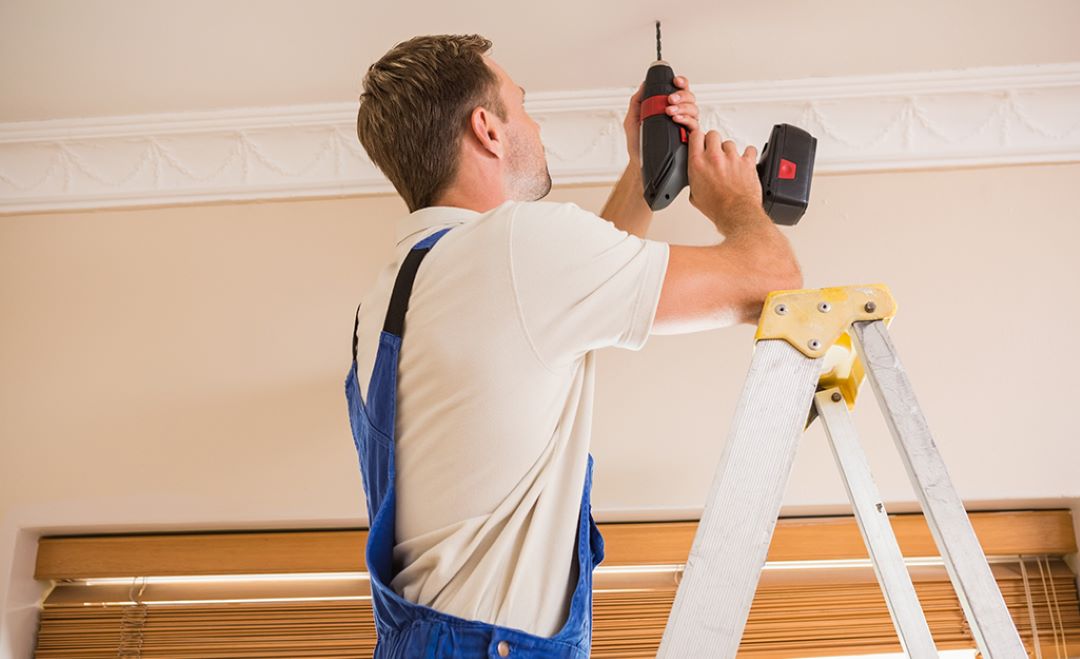
Can I install a fan by myself?
No, you can not install a fan by yourself.
It is important to note that proper installation requires the expertise of professional electricians or installers to ensure safety and compliance with local regulations.
Prices for installation services can vary, depending on several factors such as the type of fan and the complexity of the installation.
Different fans have distinct power ratings, which can cause the cost of power to vary. Check out this simple article to find out how much electricity does a fan use per month?
Homeowners must engage licensed electricians to handle the electrical point connections, including wiring and switch installations.
When installing a new fan or any outdoor fan Singapore, particularly in rooms with high ceilings or false ceilings, it's crucial to consider the ceiling height and the need for reinforcement support beams.
Additionally, installers will handle the removal of existing fans, secure the blades properly, and ensure that the power supply is disconnected during the installation process.
Whether in the dining area, living room, or any other part of the house, our professional ceiling fan installation Singapore team guarantees that the ceiling fan operates efficiently and safely.
Using wire nuts and other necessary hardware, electricians will secure the fan to the ceiling, ensuring a robust and lasting fit.
If you're installing a new ceiling fan by yourself and it isn't spinning, read to understand why does my electric ceiling fan turn on but not spin?
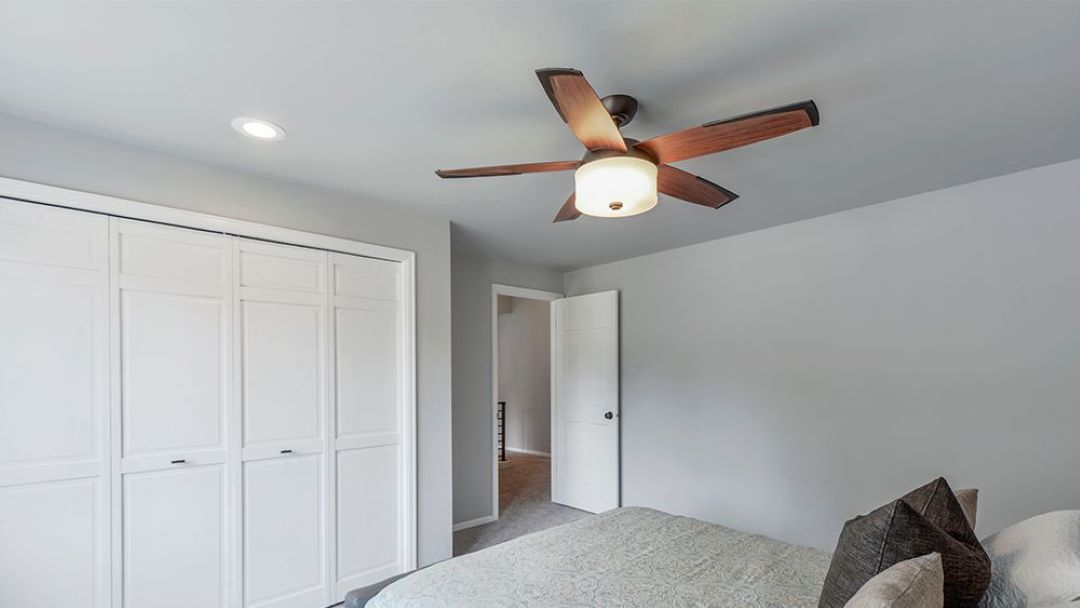
Can you install a ceiling fan without an electrician?
No, you can not install a ceiling fan without an electrician.
Ceiling fan installation involves several intricate steps that require specialized tools and knowledge, such as securely mounting the fan with appropriate screws and support brackets, connecting power wires, and ensuring smooth operation.
Electricians are trained to perform this job safely and efficiently, especially when dealing with high ceilings and complex wiring systems.
Engaging professional services from a ceiling fan contractor ensures that the installation is carried out according to safety standards, minimizing any risk of malfunction.
Moreover, an electrician can advise on the best features and rod lengths for outdoor installations, catering to your specific needs and preferences.
To ensure a hassle-free experience and a reliable ceiling fan setup, always enlist the skilled services of qualified electricians.